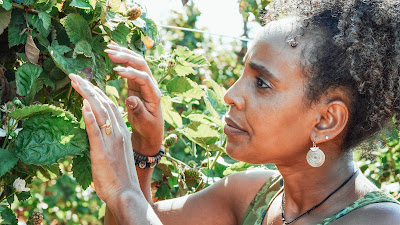Perennial plants are an essential part of any garden and offer a variety of benefits for gardeners. Unlike annual plants, perennials return year after year, providing a reliable source of color and interest in the garden. They are also low-maintenance and can be enjoyed for many years with proper care.
One of the biggest advantages of perennials is that they can be planted once and enjoyed for years to come. They typically die back in the fall and winter, but they return in the spring, ready to bloom again. This means that you can enjoy their beauty and color every year without having to replant them. Some popular perennials include daylilies, hostas, coneflowers, peonies, and black-eyed Susans.
Perennials are also low-maintenance, making them an ideal choice for gardeners who want to enjoy their garden without having to spend too much time and effort maintaining it. They need to be watered regularly, but not as often as annuals, and they typically don't require frequent fertilizing or pruning.
In addition to their low-maintenance qualities, perennials can also help save money in the long run. While they may be a bit more expensive to purchase initially than annuals, you won't have to replace them every year, which can save you money in the long run.
Another advantage of perennials is their versatility. They come in a wide range of colors, sizes, and textures, making it easy to find the perfect plants to complement your existing garden. They can also be used in a variety of garden designs, including borders, rock gardens, or even as focal points in a garden.
In conclusion, perennial plants are a great choice for gardeners looking for low-maintenance, long-lasting color and interest in their garden. With a wide range of options to choose from and their ability to return year after year, perennials are an investment that will pay off in beauty and enjoyment for many years to come.
Perennial plants are plants that live for more than two years and typically grow back year after year from their roots.
Some popular types of perennials include:
- Flowers: Peonies, Iris, Daylilies, Lavender, Roses, Echinacea
- Ferns: Maidenhair Fern, Boston Fern
- Shrubs: Butterfly Bush, Hydrangea, Lilac, Rose of Sharon
- Trees: Dogwood, Redbud, Weigela
- Grasses: Fountain Grass, Pampas Grass, Maiden Grass
Note:
that the exact types of perennials that can be grown in a specific area will depend on the local climate and growing conditions.
Nimra Rana
Visit our homepage: Active Greenland – Explore latest updates



Comments
Post a Comment